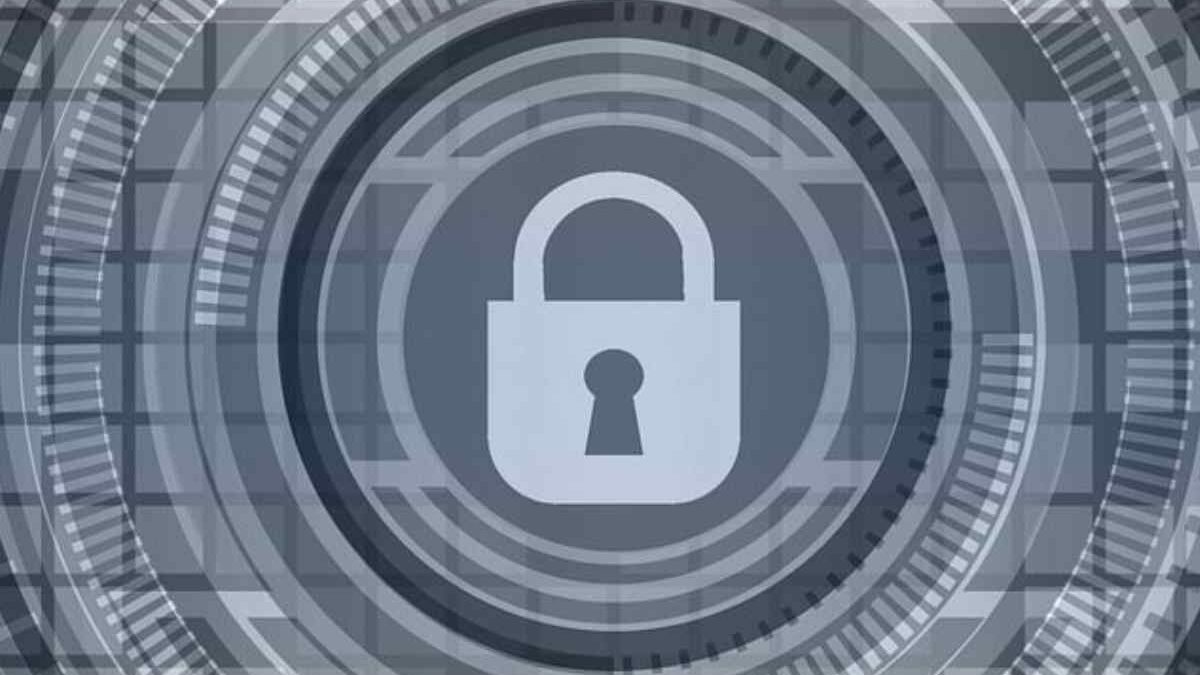You’re running a business in a digital landscape, and regulatory compliance can feel like a burden. You’ve got yet another set of boxes to check and more forms to file. But forward-thinking companies realize that compliance is about so much more than penalties. It’s an opportunity to connect with your clientele and stand out among the competition. Pair it with cybersecurity practices, and compliance becomes a competitive advantage. Here’s how:
Table of Contents
The Cost of Viewing Compliance as a Chore
Many companies treat compliance like a one-time stress to deal with. They put it on the calendar for annual review, dread it, muddle through, and hate it the whole time. And they react only when an audit comes up or they get hit with a violation. But a reactive approach like this one leads to rushed processes, missed gaps, and a constant cycle of firefighting. Worse, departments start battling over responsibilities and accountability, and friction becomes the norm.
You can reframe compliance as a strategic goal and change that entire culture. It’s no longer a regulatory hurdle. Now, you can proactively align your security protocols with industry requirements and build a strong foundation of security policies. You can install technical safeguards and have your teams ensure all of your documents are always ready for audit. Compliance becomes a daily operation, and the result is fewer disruptions and greater trust with your clients and staff.
Compliance Doesn’t Equal Security Until You Make It
Being compliant doesn’t automatically make you secure. That’s a common misconception in too many businesses today. Sadly, ticking all the boxes on a checklist won’t protect you from ransomware or inside threats. And it surely won’t prevent zero-day vulnerabilities. With this false sense of security, you end up in dangerous territory that has you dealing with costly breaches. It happens in even the most compliant environments.
What you want instead is for your security to lead your compliance. When you implement best-in-class cybersecurity measures, you are more likely to exceed any regulatory requirements by default. These measures can include:
- Endpoint protection
- Encrypted communication
- Access controls
- Real-time monitoring
A security-first approach will help you make sure that your compliance is never superficial. Instead, it becomes the natural byproduct of doing the right thing.
Sales Differentiators: Patch Management and Beyond
Businesses often struggle to explain the real-world benefits of security and compliance to their clients. Even if you’re secure and ready for your next audit, if you can’t communicate why this matters, you may seem like just another company “doing compliance.” Even worse, if you’ve also got outdated systems and poor patch hygiene, your clients can quickly lose trust in you when they ask about your security posture.
Robust patch management is a clear sales differentiator. This is especially true when it’s automated. When your prospects ask you how often you update systems or how you prevent exploits, you can point to how well you deploy critical patches within hours as opposed to days. Rapid patch management solutions prove ongoing diligence for your entire company. This kind of operational maturity builds confidence, which means you can close deals faster.
Lost Opportunities in Risk Aversion
Many companies are afraid to branch out into emerging technologies or markets because they worry about compliance. What if they fail? What if they get penalized? This mindset is heavily risk-averse, and it often limits innovation and slows growth. Today, organizations are navigating healthcare spaces, globalization, and concerns about leveraging AI appropriately. Each of these presents its own roadblocks when it comes to progress in business.
You can get around these roadblocks by building a flexible compliance program rooted in adaptive security. This forward-thinking move allows you to scale confidently. Make sure you choose tools and architecture that support your priorities, including:
- Data sovereignty
- Encryption standards
- Policy versioning
When you build a strong compliance-security foundation, shifts in regulations across industries won’t throw you off course. All you’ll have to do is make adjustments along the way.
Turning Customer Trust into a Market Weapon
To be quite honest, most customers don’t really care to hear you say you’re “compliant.” They’re likely thinking, “So what? Isn’t everyone?” But when you can back that claim up with demonstrable security practices, you can showcase your strengths. Most customers will assume your compliance is at the bare minimum required by law. But if you can show how your compliance standards and security efforts go above and beyond, you turn security into a brand asset.
You can do this by showcasing your efforts in vulnerability scanning, secure software development practices, and detailed incident reports. You can also show your clients your penetration test reports. All of these will help you establish tangible trust. Then, you can make your security practices part of your sales and marketing narrative. Now, compliance becomes a driver of customer acquisition and retention.
Final Thoughts
In the end, security and compliance don’t have to slow you down. Put strong, proactive security practices into place, and you have a differentiator in your market. You’re the company that reduces risk, enables growth, and builds lasting trust. When you make this shift, you’ll meet your obligations and outpace competitors who are still stuck in treating compliance like a checkbox exercise. You will be the clear choice for your clients.
Also Read: Overview of Intel Core i5-11600K: Features & Specs

